Lei Feng Network (search "Lei Feng Net" public concern) by: The author of this article Luo Runxin, Shanghai New York University interactive media art reading.

Talking about the major mobile operators in the United States, people who have lived in the United States for some time probably will not have a good opinion of them.
Expensive tariffs, inefficient customer service hotlines, potholes packages and network coverage are what users often complain about. Although T-Mobile is leading the wave of change, such as the cancellation of long-term contracts and equipment network locks, but this process is still full of conflicts and unpleasant, and some operators such as US Cellular still adhere to the older billing model .
For these reasons, many users have turned to virtual operators whose markets are more subdivided. The virtual operator does not own the base station network but rents it from other larger operators and designs its own charging and service methods. Virtual operators usually provide targeted services, such as for non-English-speaking countries, providing users with unlimited international calling services, and even providing customer service in their native language. Google, a search engine predator, also relied on unique means to break into this battlefield.
Project FiIn early 2015, there were rumors that Google was preparing its own mobile phone operator service, and Google then handed over its own answer: Project Fi. It is also a virtual operator, which means that Google also needs to rent resources from other operators. For virtual operators, renting a network means a relatively high starting point and means being dependent on a dependent network. But this is not a problem for Project Fi.
It uses multiple carriers' networks (T-Mobile, Sprint, US Cellular, and Three) at the same time and automatically switches between networks based on signal strength. The integration with Hangouts/Google Voice also means that users can use other devices to answer calls and synchronize SMS. When there is open WiFi coverage, they can also use WiFi to provide communication services, and can switch the call when the WiFi signal becomes weak. Received a mobile phone network.
Contrary to the complicated operation behind it, its billing method is very simple. The basic monthly fee of $20 per month, plus $10/GB of traffic, can provide unlimited calls to the United States and Canada, global unlimited text messaging, mobile hotspot sharing (yes, many operators charge for this feature) and The default includes global roaming service. When roaming, the traffic does not increase and is not limited.
Actual experienceHow is this sounding service really useful? The author arrived in New York in September 2015. In the United States for a year, T-Mobile virtual operators who used China Telecom Americas also used AT&T services and eventually turned to Project Fi.
Signal quality
T-Mobile’s coverage in New York City can be very good and AT&T is better in many places. However, after the big cities were out, the coverage of T-Mobile was obviously not enough. When the users of Verizon and AT&T on the coaches were still playing with mobile phones, the T-Mobile signals had already started to be intermittent or completely lost.
While in the city, because of Manhattan's complicated buildings, AT&T had only 1 cell signal in the author's bedroom, and many restaurants even had no signal at all.
After switching to Project Fi, the city can continue to use T-Mobile's strong coverage. In some traditional coverage blind spots, it can automatically switch to Sprint's CDMA network. The 800 MHz low-frequency CDMA network means more powerful coverage.
Use rate
In terms of rates, when I originally used AT&T, the author was a package shared with a friend. The monthly fee of $30 included 2GB of shared traffic, and each device required $25 per month for access charges. This would not include tax and other taxes. The cost is a monthly fee of $40 per person. After switching to Project Fi, even if I use 2GB of traffic on my own, it will only cost $40. If the traffic is not used up, AT&T will roll the unused portion to the next cycle. If it is over, it will provide a 1GB replenishment package, which needs $15 and needs to be used within this period.
Project Fi does not have so many troublesome things to consider. If you do not use the current month’s traffic, the remaining traffic will be calculated based on the original price and used as cash to return to the next bill offset. The excess part is also $10/GB. Original price. In other words, if I used AT&T for more than 100MB, I would be charged an additional $15. In Project Fi, I would only be charged an extra $1 to cover the costs.
Incidentally, Project Fi allows users to apply for up to 9 additional traffic cards for free, sharing traffic with the main card. At AT&T, an additional flow device costs between $10 - $20, depending on the device type.
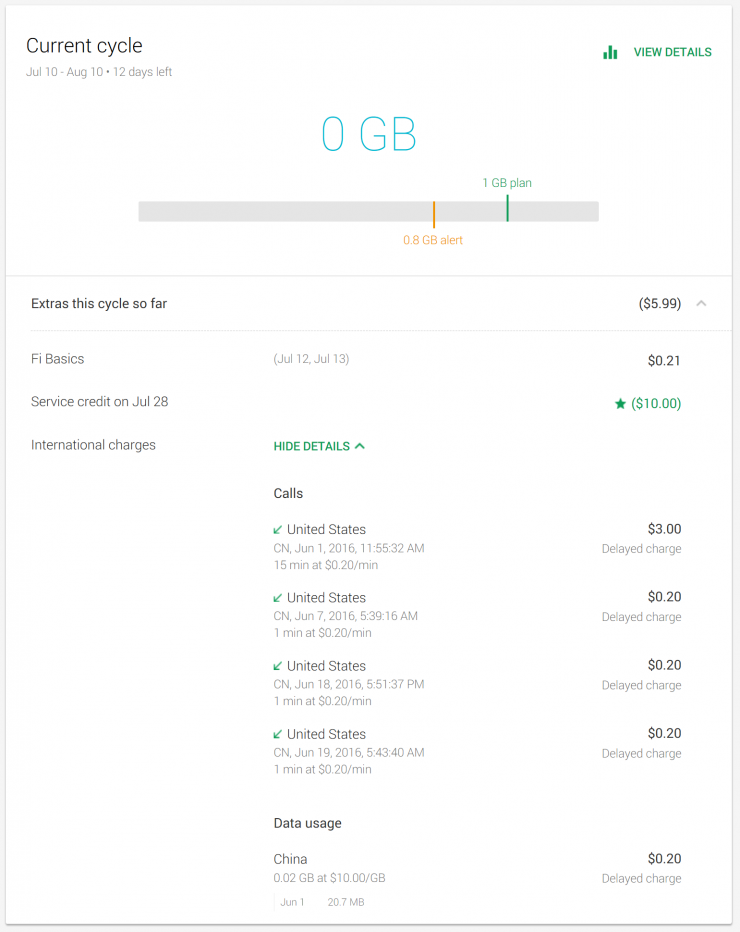
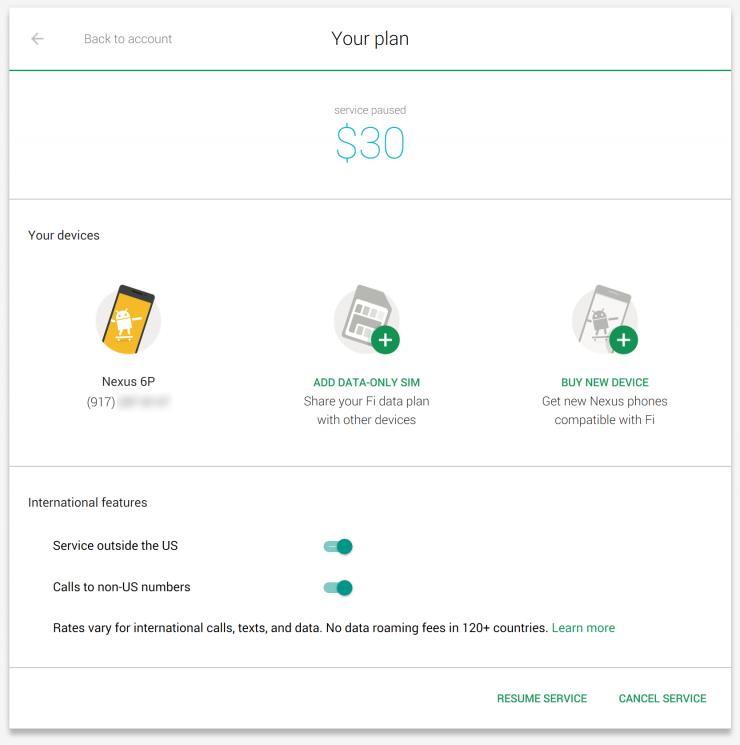
Service aspects
All major operators have provided online self-service features, and Google as an Internet company, this naturally does a very good job.
Unlike the complex and old interfaces of other operators, the interface of Project Fi is very clean and beautiful. The traffic usage of multiple devices under the account is clearly marked separately, and the duration, rate, and actual charges of each call can even be found. . And it has perfect help documentation.
Operators will provide multiple channels for voice, chat, and email when manual services are required. The difference is that Project Fi's manual service is 24 hours a day, year round. In addition to the traditional hotline model, Google also advocates that users use text to describe the problem first in the webpage or app, and the customer service customer dials the user, eliminating the need to call the hotline for a long time.
Previously, when I upgraded Android N Experience Edition, I ran nearly 700MB of traffic. Since the statistics of the traffic in the system could not be verified due to the data being emptied, I called the customer service phone of Project Fi and asked if the traffic could be found in the background. . The customer service representatives said that they could not query the user’s privacy data. The inconvenience caused them to return all traffic on the day to compensate. Within minutes, a credit record appeared in the author’s account, which offsets the traffic charges and the entire service experience. Very comfortable, even if the error may be caused by the user's own mistakes.
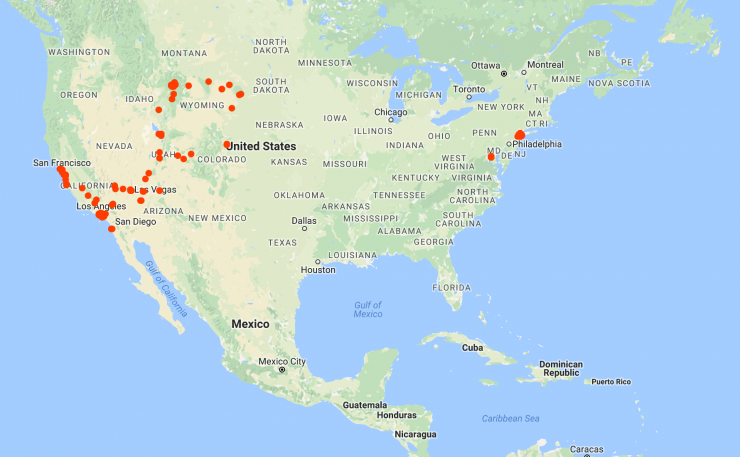
There are no more trials on the Project Fi network than large-scale travel. In May of this year, the author went to the Midwestern United States to make a one-week-long trip. The area marked by the red dot on the map above was still used for some time after returning to China and he experienced the magic of network switching. , also experienced the lack of Project Fi.
SIM card for saving 10 carrier's daughter card dataIn areas where the signal is not very good (forests, mountains), Project Fi will switch operators and be consistent with the propaganda. But this switching process is not seamless. The reason is that Project Fi's network switching capability depends on its special SIM card. The special feature of this SIM card is that it can store up to 10 carrier's daughter card data. The user is equivalent to carrying a dozen SIM cards with him, and Project Fi's software decides which one to use based on the signal.
In the scenario where the network needs to be switched, the SIM card will virtually complete the operations of card removal, card replacement, and card insertion according to the software instructions. The whole process will therefore experience a disconnection of about 8 seconds, which may take longer when the signal is not good or moves at a high speed. Frequent network switching can lead to intermittent network experiences and increase power consumption. On the other hand, because switching the network will cause network disconnection, it will not actively switch according to the signal strength, but will only start to search for other networks if the signal is extremely weak or disconnected. This has led to the emergence of T-Mobile's 4G coverage, while users are still using the Sprint 3G network. This phenomenon was particularly evident in the mountainous regions when US Cellular had not yet joined Project Fi. Mountain coverage covered T-Mobile and Sprint as well as their domestic roaming partners.
The so-called domestic roaming usually refers to the use of base stations of other operators to provide services in areas that are not covered by their own base stations. Usually, there will be certain traffic restrictions every month. In areas with poor signal such as mountains, Project Fi will choose to use Sprint's cards to roam, usually roaming to Verizon and some local carriers' CDMA networks because of the wider coverage of CDMA networks in these areas.
In the absence of disconnection, it does not actively switch to another signal better daughter card. Although Project Fi has no domestic roaming traffic restrictions, domestic roaming implies low network priority, and sometimes it encounters speed limit (the T-Mobile card will have severe speed limit when roaming to AT&T), and it is generally not available. Roamers' 4G network. A few roaming operators do not even provide data roaming and only provide voice and SMS services. Here are a few roaming operators recorded by the author:
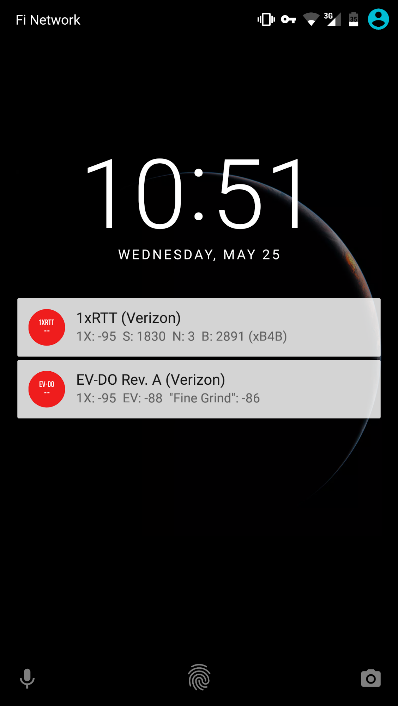
Verizon, noticed that Fi automatically connected to an open WiFi hotspot and started Google's VPN service to protect privacy.

AT&T, serious speed limit.

Union Telco / APC Sprint, only EDGE and no data connection.
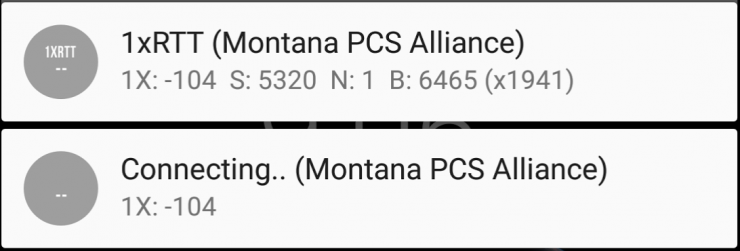


There are several operators that have only been seen in the mountains. I have never heard of them before.
In terms of international roaming, the author had the privilege of experiencing it in mainland China when he returned to China.
The international roaming policy, July 12, is a dividing line. Until then, international roaming will be limited to 256 Kbps even if it is connected to an LTE network. Now that Google has removed this restriction, how much speed can run will be determined by the network conditions. Unfortunately, the roaming experience of the U.S. version of the Nexus device on the mainland can be said to be polarized. Good times are very good, and bad times are the same as broken lines.
China's roaming service is carried by China Mobile, and its operating networks are GSM/EDGE, TD-SCDMA and B39 B40 B41 TDD-LTE. Among them, only GSM/EDGE and B41 LTE are compatible with the US version of the Nexus 6P. The B41 signal is generally only visible outdoors in the city. Once inside the building or in a slightly remote area, only the EDGE network is usually available. Coupled with the delay of the international roaming network, the experience is very bad. It takes 5-10 seconds to open Google's homepage, and in some cases it completely disappears.
This phenomenon may also be encountered when roaming in other countries. Only when the next generation of Nexus devices can truly realize global network communications can this phenomenon change.
The following are the test results of roaming under EDGE and LTE signals:

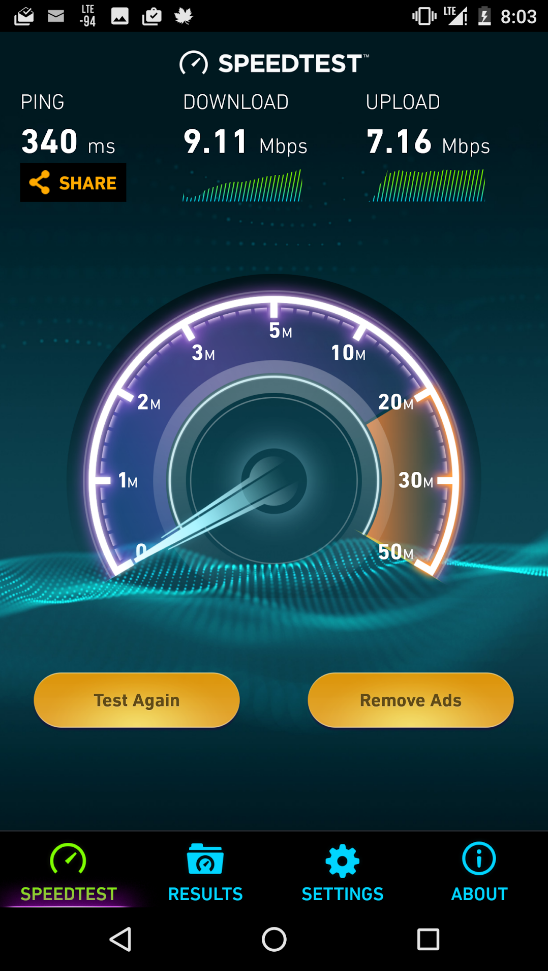
The exclamation mark on the signal indicator is caused by the author's own modification of the Captive Portal server address, and does not affect the speed test. The delay of 340ms is that all network traffic needs to be sent back to the original operator for billing - "detour". The advantage is that it is possible to use some foreign services as accessible in the United States because the export IP address of the mobile phone is still in the United States.
ConclusionHowever, even if this experimental service has many imperfections, it still allows people to see the dawn. After the fresh power of the Internet is injected into the traditional communications industry, consumers have more diversified choices and also give traditional operations. Business has brought pressure.
Many of Project Fi's imperfections are slowly improving. Thanks to the air-upgradable SIM card and software, users can obtain upgrades such as adding new operators and lifting international roaming speed limits without having to change cards. For people who live in the city for a long time and do not use Nexus equipment, this service is expensive. For users who often travel internationally, this is a seemingly attractive option, and the experience is painless because users can move their numbers to other operators at any time without restriction.
In any case, Project Fi is still a long way from success. Google's subversion of traditional communications operators has just begun...